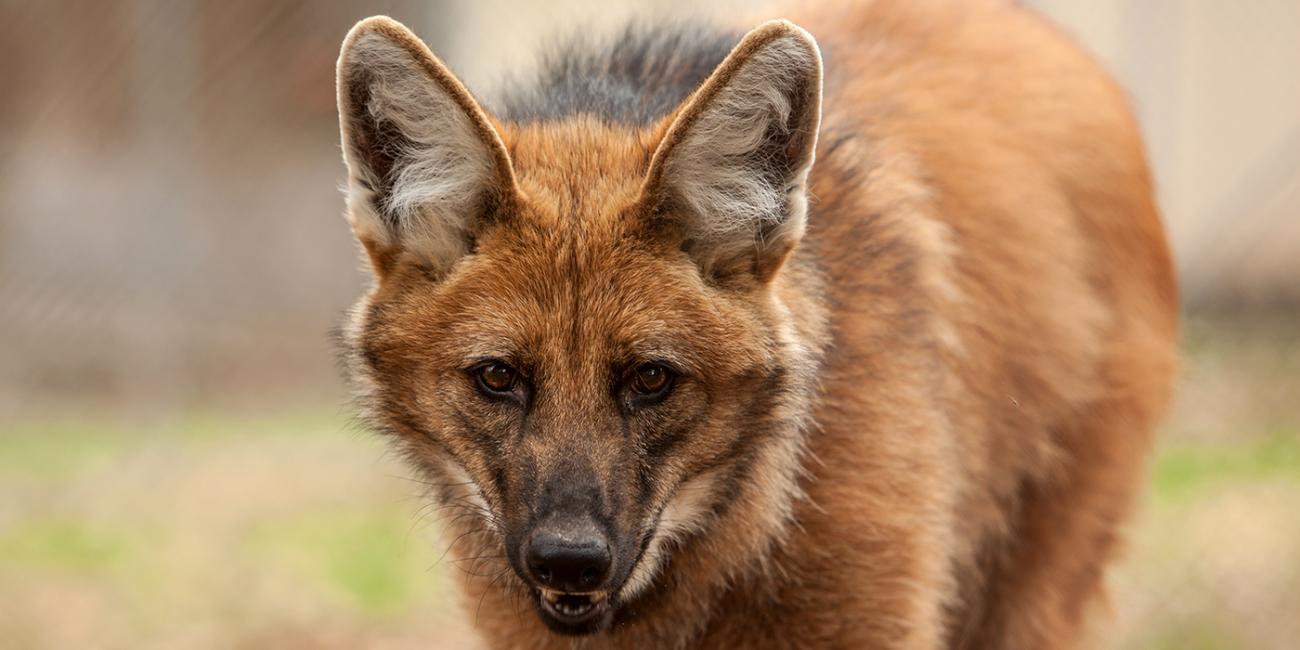Ovarian Follicle Culture in the Dog and Cat
Scientists from the Smithsonian Conservation Biology Institute's Center for Species Survival (CSS) are working to save species by developing in vitro culture techniques to better understand the mechanisms controlling ovarian follicle development. As the first scientists to successfully use in vitro fertilization in domestic dogs, CSS scientists hope to apply these techniques to save vulnerable species, such as the maned wolf.
Within the ovary, there are hundreds of thousands of immature eggs (inside structures called "follicles") that are never ovulated or fertilized. The ability to grow these immature eggs into mature counterparts capable of being fertilized and developing into healthy embryos would have enormous benefit for rescuing and protecting genetic diversity in endangered species, especially if a female of a rare species dies or loses fertility before reaching sexual maturation/puberty. These techniques could also help preserve fertility in women.
Led by CSS researcher Nucharin Songsasen these studies advance knowledge of carnivore folliculogenesis that will lead to the development of novel reproductive tools to ensure that every valuable individual has the opportunity to reproduce and contribute its genes to the next generation, which in turn is critical to maintain the genetic diversity and viability of these endangered populations.
Smithsonian Conservation Biology Institute scientists have developed culture systems that sustain living cat and dog follicles for a short time in an incubator, and used these systems to study the mechanisms that control follicle survival. They also investigated the effect of reproductive hormones (follicle stimulating hormone and luteinizing hormone) on dog follicle growth. CSS scientists are now studying the influence of growth factors and changes in the physical and biochemical microenvironment on follicle growth.
Partners and Collaborators
Yue Li, University of Maryland
Carol L Keefer, University of Maryland
Alex J Travis, Cornell University
Kohei Yamamizu, Kyoto University
John Fisher, University of Maryland
Utkan Dermici, Stanford University
Support
This work is supported by the National Center for Research Resources, a component of the National Institutes of Health (NIH), the Office of Research Infrastructure Programs/Office of the Director (NS), the Japanese Society for Promotion of Sciences (MF), the Baker Institute for Animal Health and the Atkinson Center for a Sustainable Future, Cornell University (JN) and the Smithsonian Institution.
photo: Jeffery MacMillan
















